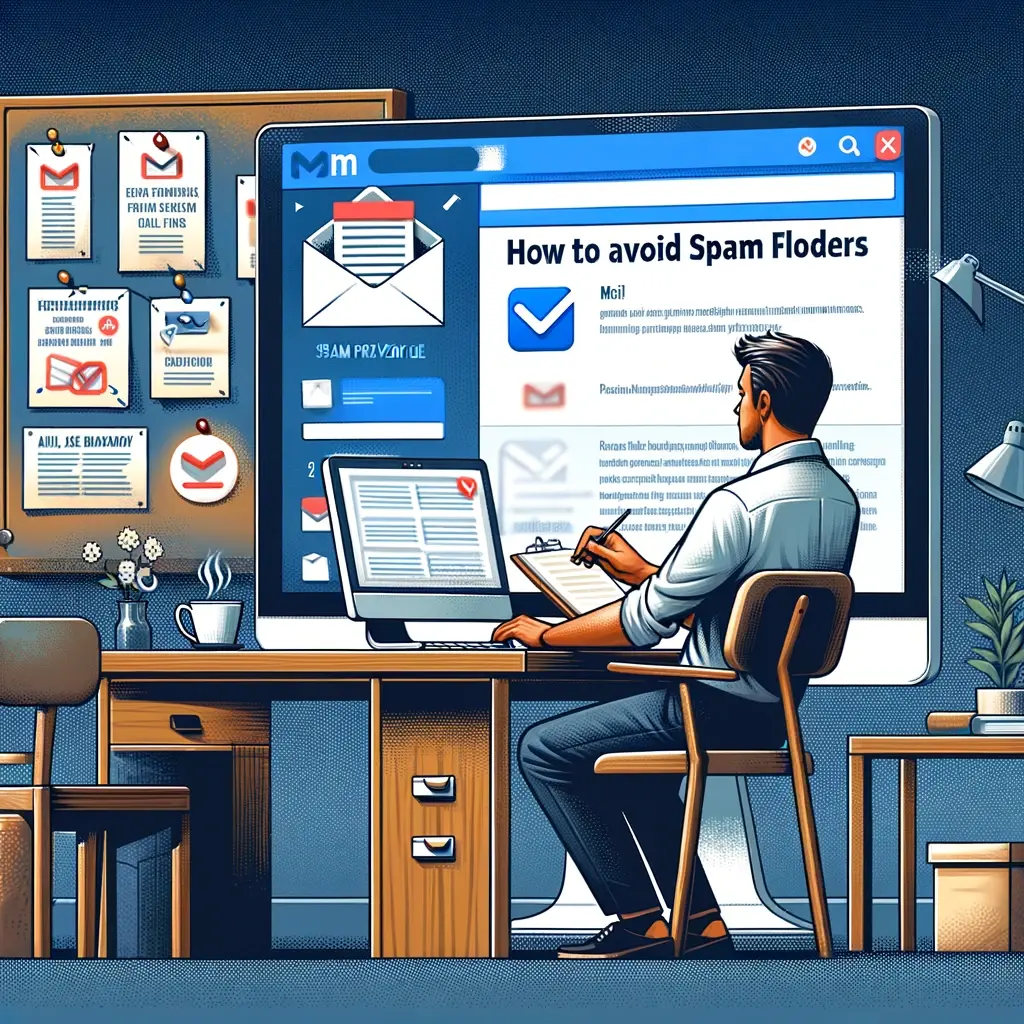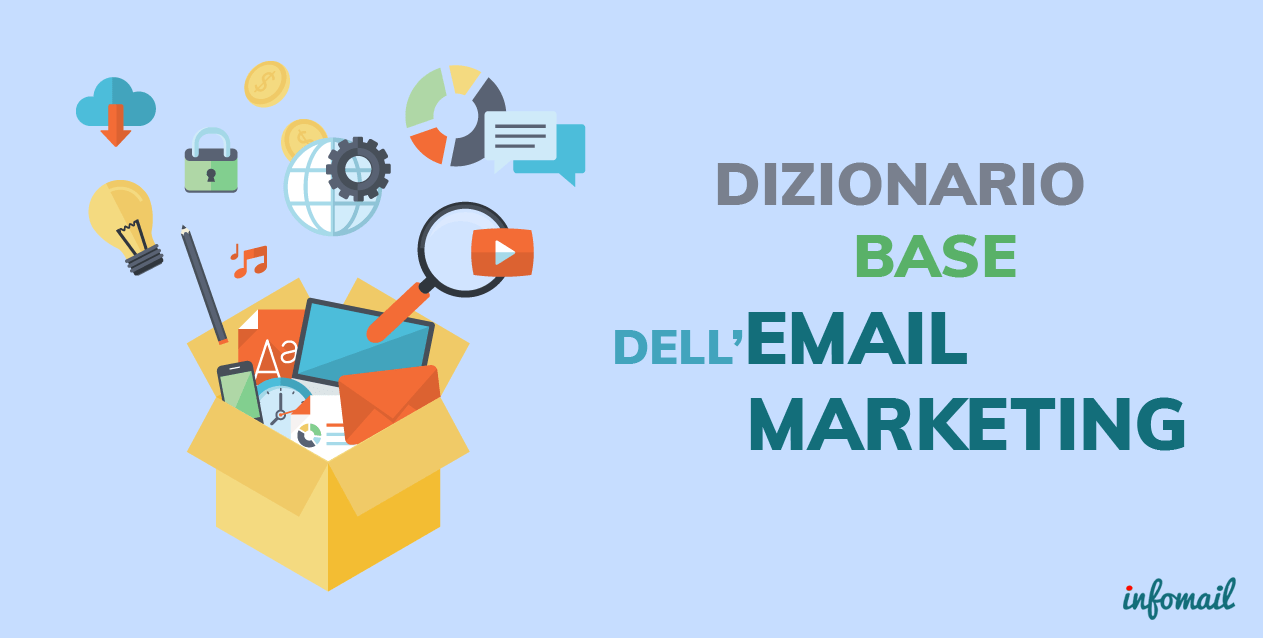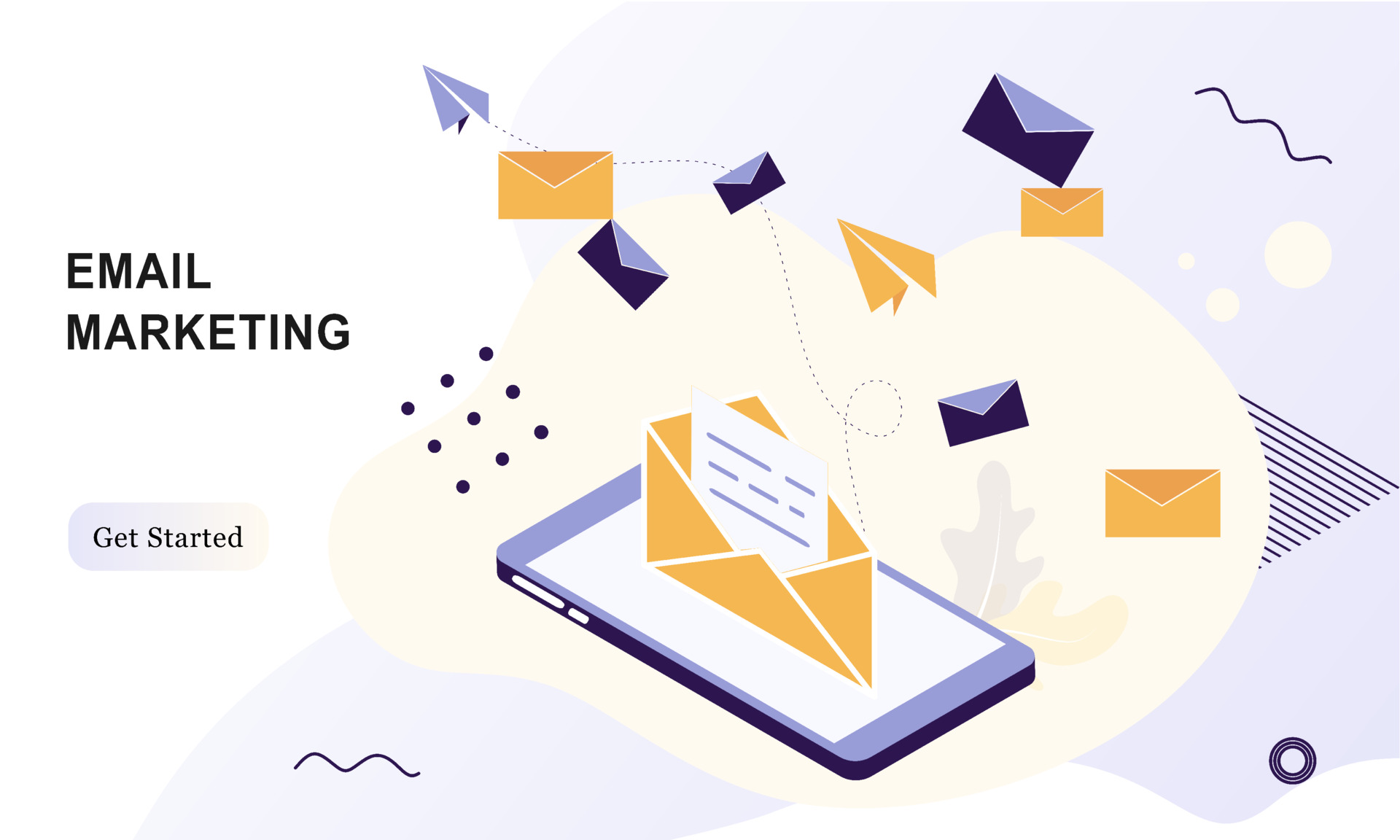In the digital age, emails are a fundamental communication tool. However, especially after the update of Gmail and Yahoo! policies, scheduled for February 2024, it is necessary to take certain precautions to ensure that newsletters are not considered spam.
In this article, we will explore some effective strategies to ensure that your emails reach the recipients’ inbox, avoiding spam.
1. Comply with the New Gmail and Yahoo! Policies First and foremost, it’s crucial to understand the new policies of Gmail and Yahoo!.
We have written a summary yet comprehensive post on the activities to be carried out to align with the new Gmail policies on DKIM. Google constantly updates its algorithms to filter spam, focusing on the relevance, authenticity, and security of messages. Make sure you are up to date with the latest policies.
2. Use a Reliable Email Address An email address that appears professional and trustworthy is more likely to be accepted by Gmail filters.
Avoid generic email addresses or those that can make your communication look like spam. If possible, use a personalized email address that includes your domain name. Remember that you can send with company domains, not with generic domains like @gmail.com, @tiscali.it, etc.
3. Obtain Recipients’ Permission Ensure that recipients have explicitly opted in to receive your emails. Sending unsolicited emails is one of the quickest ways to end up in spam.
Use opt-in techniques such as subscription forms on your website or email confirmations. If users mark you as spam, email clients will learn, and your sending domain will worsen its reputation. Here you can find Google’s tool to discover the percentage of spam reports. Make sure to comply with privacy regulations such as the GDPR in Europe or the CAN-SPAM Act in the United States. Make it clear to recipients the possibility to easily unsubscribe from your communications.
4. Create Quality and Relevant Content The content of your emails must be relevant and valuable to your recipients.
Gmail positively evaluates messages that generate interactions, such as replies or clicks on links. Avoid misleading titles and ensure that the body of the email is clear and relevant. To help you in creating texts, we have included the Teriyaki tool inside Infomail. However, if you want to use the Teriyaki.ai platform directly, with many more tools for your marketing, you can access and register for free on the Teriyaki.ai website and click on the register button. The platform is also translated into Italian.
5. Avoid Typical Spam Elements Avoid excessive use of words like “free”, “discount”, “promotion”, and the abuse of capital letters, bright colors, or an excess of images.
These elements can attract the attention of spam filters. Especially in the subject, you must be careful not to include certain words to avoid ending up in spam.
6. Keep Mailing Lists Clean Regularly remove inactive email addresses or those that bounce from your mailing lists.
A high bounce rate can negatively affect your reputation as a sender and increase the chances of ending up in spam. Infomail automatically manages the cleaning of lists for bounce addresses. Learn more in this article about how Infomail manages bounces and unsubscribes.
7. Monitor Email Performance With Infomail tools, monitor the performance of your email campaigns.
Open rates, clicks, and conversions can provide valuable insights into what works and what might cause your emails to end up in spam. They represent a fundamental signal to understand the relevance of your communications in relation to your target.
8. Test Before Sending Before sending a large-scale email campaign, conduct tests by sending the email to different accounts.
This can help you identify and correct any issues that might cause the message to end up in spam. To assess the spam risk, you can use the free Mail Tester tool.
Image created with AI



